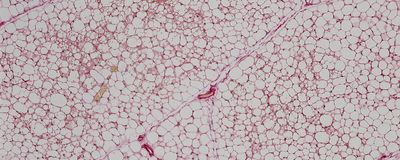energy metabolism
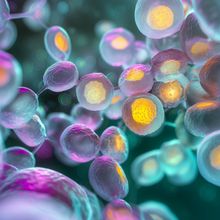
Unlock New Insights into Cancer Cell Metabolism
Agilent | Apr 16, 2024 | 1 min read
By understanding metabolic reprogramming in cancer, researchers can develop critical therapies.
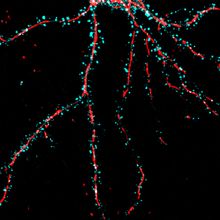
How Mitochondria Stay Still in Neurons
Mariella Bodemeier Loayza Careaga, PhD | Mar 13, 2024 | 5 min read
An endoplasmic reticulum associated protein holds mitochondria in place in dendrites. This spatial stabilization possibly provides a local energy source for synaptic plasticity.

The Energetic Cost of Chewing May Have Shaped Hominin Evolution
Natalia Mesa, PhD | Aug 17, 2022 | 4 min read
The simple act of chewing gum can raise the body’s metabolic rate by as much as 15 percent, a study finds.
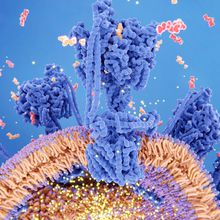
Mitochondrial Protein Fuels Spread of Head and Neck Cancer
Patience Asanga | Jul 8, 2022 | 3 min read
Head and neck cancer cells lacking the peptide involved in energy production were less likely to metastasize in mice.

Sea Otters Demonstrate that There Is More to Muscle than Just Movement—It Can Also Bring the Heat
Traver Wright, Melinda Sheffield-Moore, and Randall Davis | Dec 13, 2021 | 4 min read
Sea otters are born with a supercharged metabolism that helps them stay warm in chilly waters.

Q&A: Eating Milk Chocolate in the Morning Boosts Fat Metabolism
Amanda Heidt | Jun 30, 2021 | 6 min read
A study of 19 postmenopausal women found that eating a bar of chocolate in the morning affected their bodies differently than eating it at night, but neither led to weight gain.

Image of the Day: Shrinking Dinosaurs
Emily Makowski | Jan 3, 2020 | 1 min read
As dinosaurs got smaller, their metabolism increased, paving the way for bird evolution.

Metabolism Hits a Ceiling in Athletic Endurance Feats
Shawna Williams | Jun 5, 2019 | 5 min read
In long-distance, physically taxing events, the amount of energy athletes can expend appears to peak at about 2.5 times their metabolic resting rate—a maximum likely dictated by how many calories they can digest.

A Newly Identified Photoenzyme Helps Algae Pump Out Fuel
Katarina Zimmer | Feb 1, 2018 | 2 min read
The finding could lead to a new way of producing “green” alternatives to fossil fuels.

Top 10 Innovations 2015
The Scientist | Dec 1, 2015 | 10+ min read
The newest life-science products making waves in labs and clinics
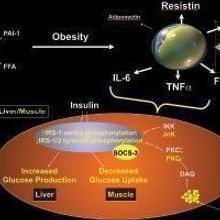
A Weighty Anomaly
Jyoti Madhusoodanan | Nov 1, 2015 | 5 min read
Why do some obese people actually experience health benefits?

Nourishing the Aging Brain
Morten Scheibye-Knudsen | Mar 1, 2015 | 10 min read
Research reveals how the brain changes as we age and hints at ways to slow the decline.

Stubbornly Persistent
Mary Beth Aberlin | Feb 1, 2015 | 3 min read
Microorganisms continually challenge our assumptions of what life can achieve.

The Energy of Life
Jeffrey Marlow and Jan Amend | Feb 1, 2015 | 10+ min read
Extremophiles should not be viewed through an anthropocentric lens; what’s extreme for us may be a perfectly comfortable environment for a microbe.

Contributors
Molly Sharlach and Jenny Rood | Feb 1, 2015 | 3 min read
Meet some of the people featured in the February 2015 issue of The Scientist.
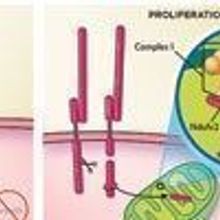
Cadherin Connection
Jyoti Madhusoodanan | Dec 1, 2014 | 2 min read
A multitasking plasma membrane protein coordinates cell division and energy metabolism in healthy—and perhaps also cancerous—Drosophila cells.

Muscle to Mind
Jyoti Madhusoodanan | Sep 25, 2014 | 3 min read
Exercise-induced muscle metabolites protect the brain from stress-induced depression in a mouse model.

The Energizer
Megan Scudellari | May 1, 2014 | 8 min read
György Hajnóczky uncovers the chemical and physical strategies by which mitochondria communicate and function within a cell.
